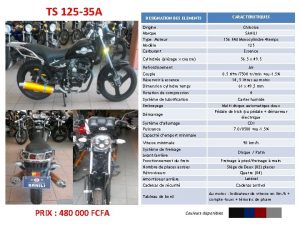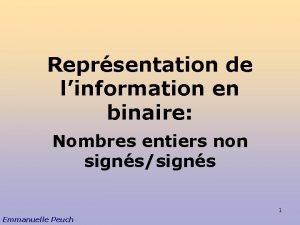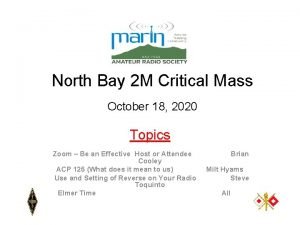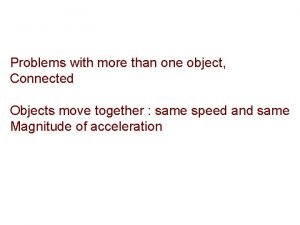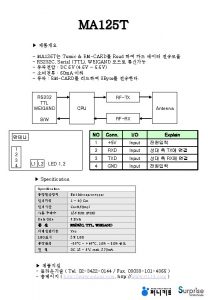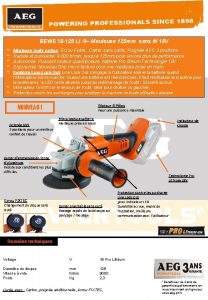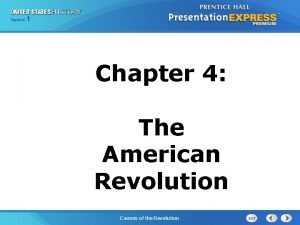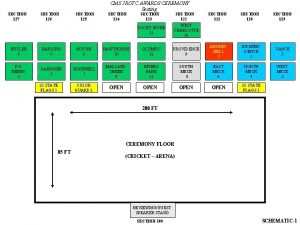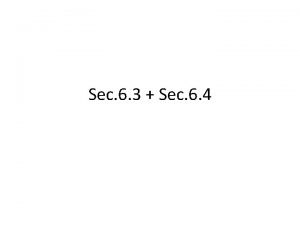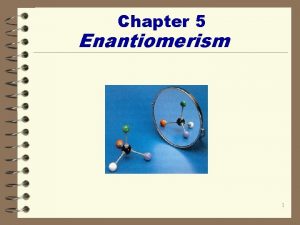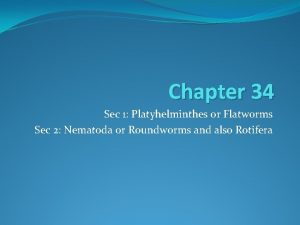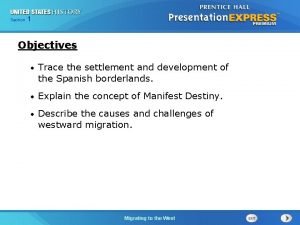125 Section Chapter Section 1 Ch 10 Sec

















- Slides: 17

125 Section Chapter Section 1 Ch. 10 Sec. 1 From Neutrality to War The Cold From War Begins

125 Section Chapter Section 1 Why did the United States enter WW 1? Neutrality to War The Cold From War Begins

125 Section Chapter Section 1 Objectives • Review the causes of World War I. • Explain why the United States entered the conflict on the side of the Allies. Neutrality to War The Cold From War Begins

125 Section Chapter Section 1 Terms • casualty – killed, wounded, or missing soldier • contraband – weapons and other war supplies • U-boat – a German submarine • Lusitania – English passenger ship sunk by a German U-boat, killing American civilians • Zimmermann note – a telegram in which the German foreign minister proposed an alliance with Mexico against the U. S. Neutrality to War The Cold From War Begins

125 Section Chapter Section 1 In 1914, five factors made Europe a powder keg ready to explode. Nationalism Militarism Economic rivalries Imperial ambitions Regional tensions Neutrality to War The Cold From War Begins

125 Section Chapter Section 1 Europe’s alliance system caused the conflict to spread quickly, creating two main combatants. Allied Powers included Britain, France, Russia, and Serbia. Central Powers included Germany and Austria-Hungary. Neutrality to War The Cold From War Begins

125 Section Chapter Section 1 The war bogged down as both sides dug a long series of trenches, creating the Western Front. Neutrality to War The Cold From War Begins

125 Section Chapter Section 1 The era’s deadly defensive weapons made attacks difficult and dangerous. Neither side could overcome the other’s defenses, and a stalemate quickly developed. Neutrality to War The Cold From War Begins

125 Section Chapter Section 1 As the war dragged on in Europe, President Wilson urged Americans to remain neutral. • The United States had a long tradition of staying out of European conflicts. • Yet one-third of Americans had been born in a foreign country and still identified with their homelands. Many Americans favored one side or the other. Neutrality to War The Cold From War Begins

125 Section Chapter Section 1 Divided Loyalties Central Powers: Allies: • 11 million German. Americans • Irish-Americans hated Great Britain • 2 wars w/ Great Britain • Jewish Americans had fled Russia • Close cultural ties w/ Britain • Big business loaned much $2. 25 B to Allies Neutrality to War The Cold From War Begins

125 Section Chapter Section 1 U. S. public opinion fell into three main groups. Isolationists Favored staying out of the war Interventionists Favored fighting on the Allies’ side Internationalists Wanted the U. S. to play a role for peace but not fight Neutrality to War The Cold From War Begins

125 Section Chapter Section 1 Early in the war, the British navy had set up a blockade of Germany. • Britain’s goal was to intercept contraband goods. • In defiance of international law, Britain also prevented non-contraband goods, such as food and gasoline, from reaching Germany responded by trying to blockade Britain. Neutrality to War The Cold From War Begins

125 Section Chapter Section 1 German U-boats torpedoed ships bound for Britain. On May 7, 1915, a U-boat sank the British passenger ship Lusitania off the coast of Ireland, killing many Americans. Neutrality to War The Cold From War Begins

125 Section Chapter Section 1 Americans were angry about the Lusitania. Germany failed to keep its promise to not sink any more passenger ships. • President Wilson still wanted peace, but he began to prepare for the possibility of war. • In 1916, Congress passes the National Defense Act, which expanded the army and authorized more warships. Neutrality to War The Cold From War Begins

125 Section Chapter Section 1 Two events in 1917 led President Wilson to ask Congress to declare war on the Central Powers. • The Zimmermann Note was intercepted. In this telegram, Germany tried to forge an alliance with Mexico against the United States. • Germany returned to a policy of unrestricted submarine warfare, sinking any ship headed for Britain. Neutrality to War The Cold From War Begins

125 Section Chapter Section 1 ***Remember USMexican relations are not good because of… Neutrality to War The Cold From War Begins

125 Section Chapter Section 1 On April 2, 1917, Wilson asked Congress to declare war against Germany, saying “The world must be made safe for democracy. ” Congress responded with a declaration of war on April 6, and the United States entered World War I. Neutrality to War The Cold From War Begins
 90 ın yüzde 20'si kaçtır
90 ın yüzde 20'si kaçtır Ca 125 valores normales
Ca 125 valores normales Moto sanili ts 125-6
Moto sanili ts 125-6 58 en binaire
58 en binaire Valores normales de ca 125
Valores normales de ca 125 Ca 125
Ca 125 Perfect squares
Perfect squares Acp 125 g
Acp 125 g Half life of i 125
Half life of i 125 Two similar figures have volumes 27 in and 125 in
Two similar figures have volumes 27 in and 125 in Diaphyllin köhögésre
Diaphyllin köhögésre A line ab inclined at 40 degrees to the vp
A line ab inclined at 40 degrees to the vp Ao 125
Ao 125 Classification of apex locators
Classification of apex locators Bina ayat sempit dada
Bina ayat sempit dada A person pushes on a stationary 125 n box
A person pushes on a stationary 125 n box Disque tachygraphe 125-24 ec 4 b
Disque tachygraphe 125-24 ec 4 b Escala 1 500 equivalencia
Escala 1 500 equivalencia


